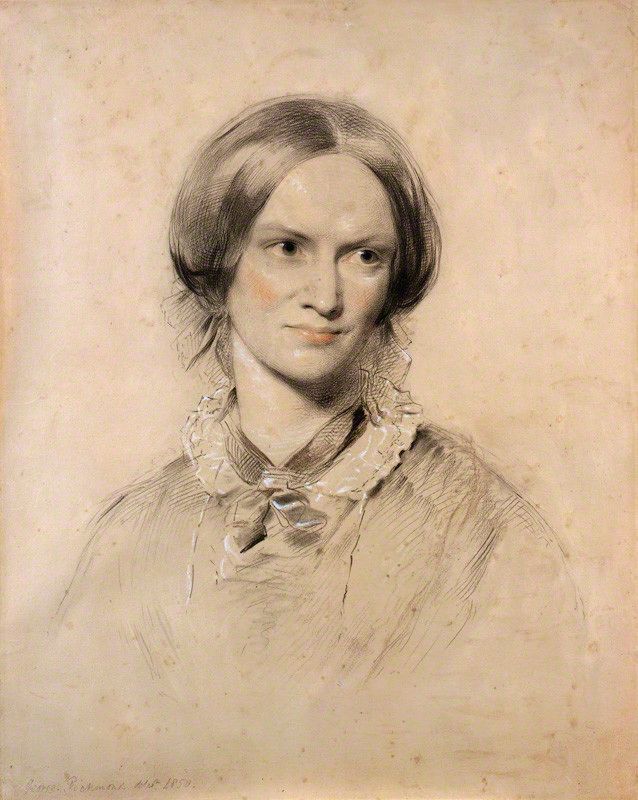Perhaps not surprisingly, this made Heger withdraw even further and by the end of the year he had ceased to reply to Charlotte’s letters at all. Her last surviving message, written on 18 November 1845, shows the depths of suffering this caused her:
Your last letter has sustained me – has nourished me for six months – now I need another and you will give it me – not because you have any friendship for me – you cannot have much – but because you have a compassionate soul and because you would not condemn anyone to undergo long suffering in order to spare yourself a few moments of tedium. […] [S]o long as I think you are fairly pleased with me, so long as I still have the hope of hearing from you, I can be tranquil and not too sad, but when a dreary and prolonged silence seems to warn me that my master is becoming estranged from me – when day after day I await a letter and day after day disappointment flings me down again into overwhelming misery, when the sweet delight of seeing your writing and reading your counsel flees from me like an empty vision – then I am in a fever – I lose my appetite and my sleep – I pine away.
When Heger’s family donated these letters to the British Library in 1913, they caused a sensation with the revelation of Brontë’s passionate feelings for her married mentor, but without the other side of the correspondence – Heger’s – it is easy to judge Brontë’s feelings as largely irrational and unprovoked. Heger’s wife Zoe told her daughter Louise that her husband had thrown Miss Brontë’s letters away, but that she had rescued them from the wastebasket and mended the ones that had been torn up with glued paper strips and thread, then carefully preserved them in her jewel box. Her reason for doing this was to have some evidence to prove the strong feeling was all on one side (fearing the damage to her school’s reputation), and the implication was that the tearing and mending was all done soon after Heger received the letters in 1844 and 1845. Looking at the manuscripts carefully, though, there is plenty of evidence that they were re-folded and retained long enough to acquire staining and dirt marks, so perhaps Heger kept them to himself for quite a long time, even though he never answered them.
Meanwhile, Charlotte became a published writer, under her pseudonym ‘Currer Bell’, with Poems (1846), a joint collection with her sisters Emily and Anne (writing as ‘Ellis Bell’ and ‘Acton Bell’) and the following year took the reading world by storm with Jane Eyre, followed by Shirley in 1849 and Villette in 1853 (a novel explicitly modelled on Charlotte’s experiences in Brussels with the Hegers). When, in 1856, a year after Charlotte’s death, Elizabeth Gaskell went to interview him for her biography, Constantin Heger read her extracts from the letters and copied out some passages for her to use, and in 1869 a friend of the family attested that Heger had shown the letters to his wife’s cousin and ‘told the whole story’. As Charlotte Brontë became more and more famous in the last decades of the century, perhaps Monsieur reconsidered his association with her and secretly took pride in it. Clearly, there was a time before she was famous when she seemed nothing but a nuisance or liability. Her last letter to him – unanswered – had contained a humiliating confession by Charlotte of how she had become ‘the slave of a regret, a memory, the slave of a dominant and fixed idea which has become a tyrant over one’s mind’. It must have been left open on Heger’s desk at some time, for along the side of the last page, in pencil, are some local tradesmen’s addresses – one a cobbler. Heger had used Charlotte Brontë’s heartrending cri de coeur as a piece of scrap paper.





